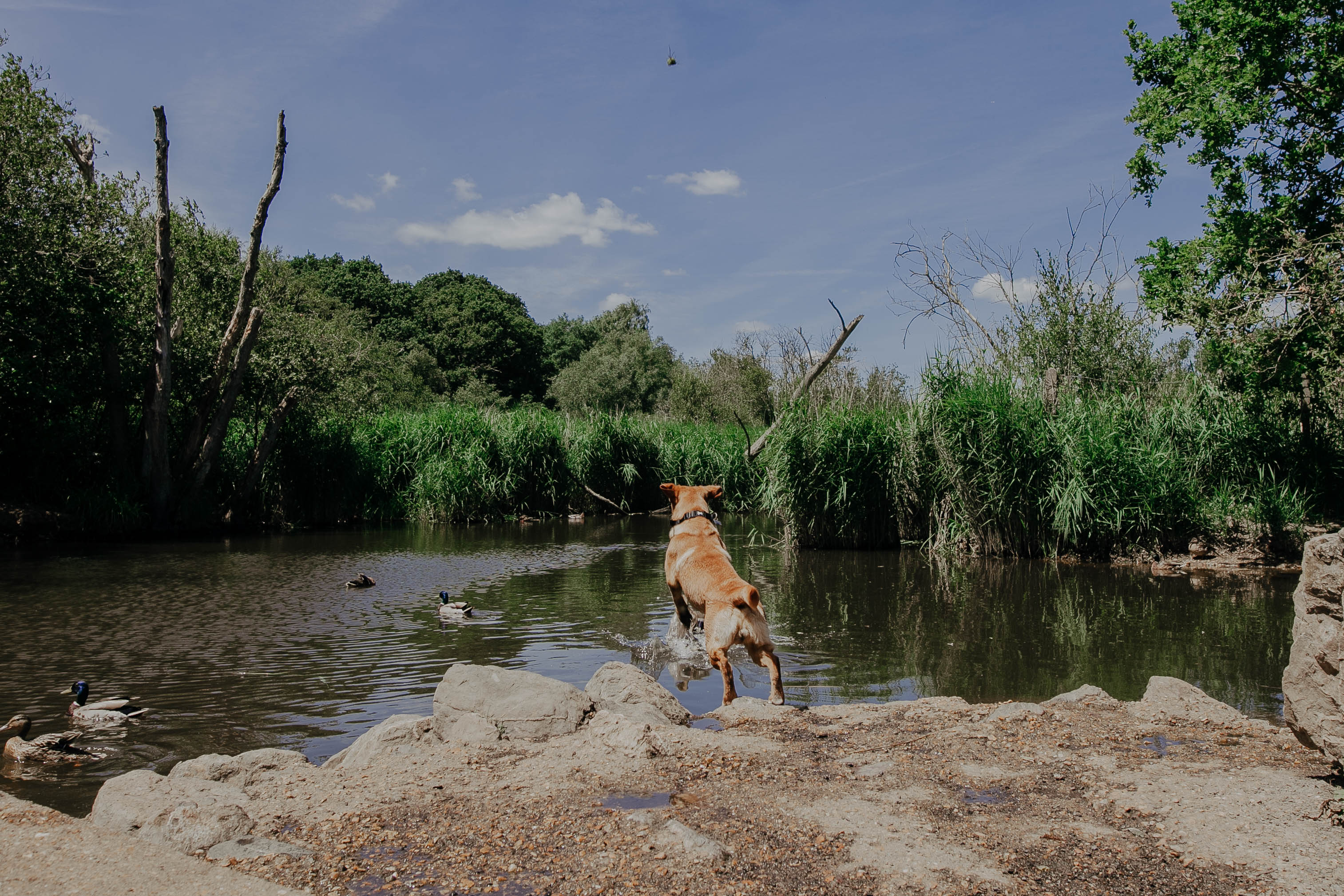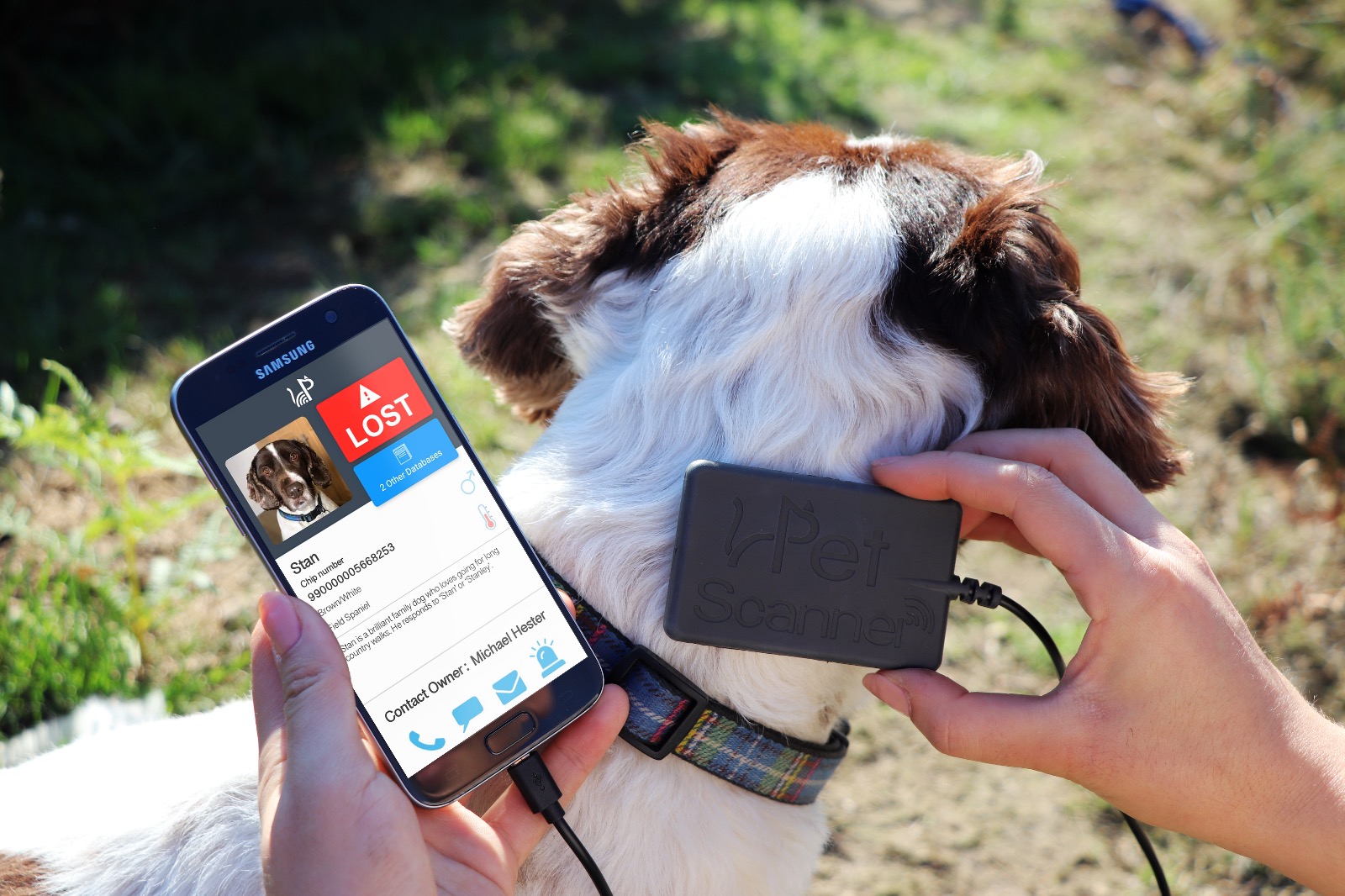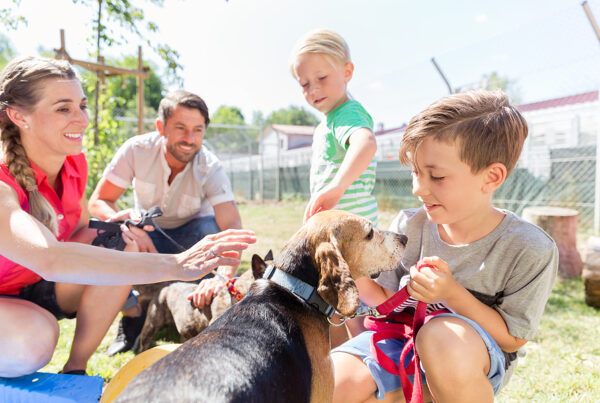With this year’s UK summer set to be one of the hottest on record, you’re bound to be out and about with your pets. However, with its benefits comes its dangers, so we’ve put together a pur-fect summer guide to ensure your pets’ safety over the hot and dry months.
Given that a dog’s water reserve is around ¼ of the human water reserve, it is important to ensure that your dog has plenty to drink by offering them fresh water every 30 minutes, especially in hotter weather. Unlike humans, dogs cool down through panting and drinking water, so even more reason to make sure your dog has unlimited access to water! You can provide easy access to water for your dog with products like automatic pet water dispensers.

- Vomiting
- Unsteadiness
- Weakness
- Difficulty in eating
- Fast heart rate
- Loss of muscle movement
- Heavy panting
- Excessive drooling
- If you dog appears to be lethargic, drowsy or uncoordinated.
- Vomiting
- Walk your dog at cooler times of the day as mentioned previously, for example in the early morning or evening.
- Watch out for early signs of heatstroke and call a vet immediately.
- Make sure your dog has access to water at home and on walks – be careful to ensure they drink it in small doses and not in one go!
- Make cooling treats for your dog (and other pets) by making ice cubes with their favourite treats inside to keep them hydrated.
- Have a splash around with your pooch in a paddling pool… fun for both you and your pet.
- Short nosed dogs such as boxers, pugs, older and overweight dogs are more susceptible to heatstroke so keep an eye out when they are exposed to the heat.







